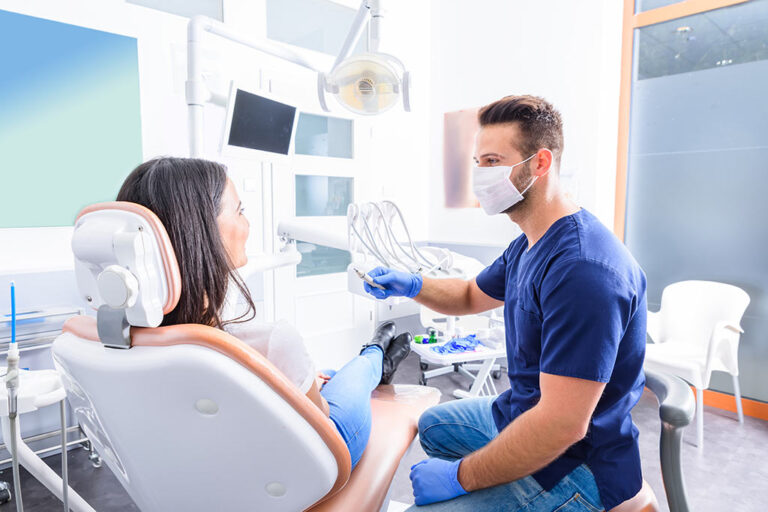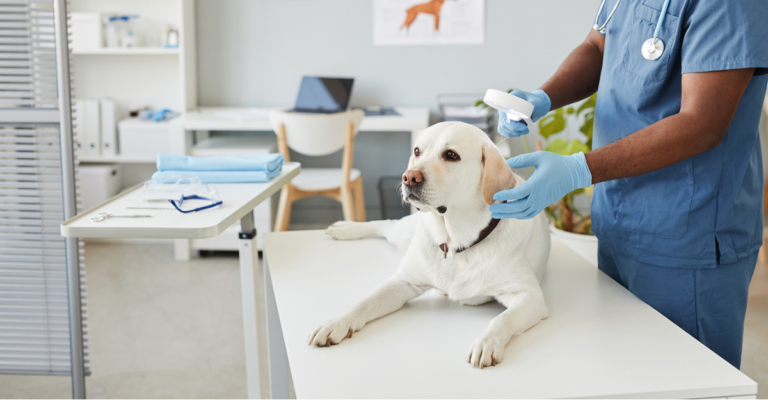What Every Healthcare Facility Needs to Ensure Patient Safety
Ensuring patient safety is paramount in healthcare facilities. Despite advancements in medical technology and procedures, a safe environment for patients remains a top priority.
This blog post will explore the essential elements that healthcare facilities must incorporate to guarantee patient safety, from effective communication and staff training to the use of cutting-edge technology.
The Importance of Patient Safety in Healthcare Facilities
Patient safety is a critical aspect of healthcare that cannot be overlooked. It involves preventing errors, reducing harm, and ensuring that patients receive safe, high-quality care. When healthcare facilities prioritize patient safety, they build trust with patients, enhance the quality of care, and reduce the likelihood of adverse events. This attention to safety is essential for improving patient outcomes and fostering a culture of continuous improvement.
Understanding the Key Elements of Patient Safety
Training and Staff Education
One of the foundational elements of patient safety is comprehensive training and education for healthcare staff. Proper training ensures that all team members are knowledgeable about best practices, safety protocols, and the latest advancements in patient care. Regular workshops, certifications, and ongoing education programs can help staff stay up-to-date and competent in their roles.
Effective training programs should cover a wide range of topics, including clinical skills, emergency procedures, and patient care techniques. Additionally, it’s crucial to emphasize the importance of teamwork and collaboration. When staff members are well-trained and work together, they can better identify potential risks and take appropriate actions to mitigate them.
Investing in staff education also fosters a culture of accountability and continuous learning. Healthcare facilities that prioritize training demonstrate their commitment to patient safety, which can lead to higher job satisfaction and retention rates among employees.
Effective Communication
Clear and effective communication is vital for ensuring patient safety. Miscommunication or lack of information can lead to errors, misunderstandings, and adverse events. Healthcare facilities must implement strategies to improve communication among staff, patients, and their families.
One approach to enhancing communication is the use of standardized handoff procedures. These procedures ensure that critical information is accurately conveyed during transitions of care, such as shift changes or patient transfers. Tools like SBAR (Situation, Background, Assessment, Recommendation) can help structure and streamline these communications.
In addition to handoffs, healthcare facilities should encourage open dialogue and reporting of safety concerns. Creating a non-punitive environment where staff feel comfortable speaking up about potential risks or incidents can lead to early identification and resolution of safety issues.
Proper Equipment and Facility Design
The design of healthcare facilities and the proper use of equipment play a significant role in patient safety. Well-designed spaces and reliable medical devices reduce the risk of errors and enhance the overall care experience. For example, mini c-arm X-ray machines are crucial for providing accurate imaging while minimizing radiation exposure to patients.
Healthcare facilities should invest in state-of-the-art medical equipment and ensure that it is regularly inspected, maintained, and calibrated. This proactive approach helps prevent malfunctions and ensures that devices function optimally when needed.
Facility design should prioritize patient safety by incorporating features such as clear signage, adequate lighting, and easy-to-clean surfaces. Additionally, ergonomic considerations for staff can reduce the risk of musculoskeletal injuries, ensuring that healthcare providers can deliver care effectively and safely.
Infection Control Measures
Infection control is a critical aspect of patient safety, especially in the context of hospital-acquired infections (HAIs). Healthcare facilities must implement stringent infection control measures to prevent the spread of infectious diseases and protect both patients and staff.
Key infection control practices include hand hygiene, the use of personal protective equipment (PPE), and proper sterilization of medical instruments. Regular training and audits can ensure that staff adhere to these protocols consistently.
Healthcare facilities should also focus on environmental hygiene, such as regular cleaning and disinfection of patient rooms, common areas, and high-touch surfaces. Implementing antimicrobial stewardship programs can further reduce the risk of infections by promoting the responsible use of antibiotics.
The Role of Technology in Enhancing Patient Safety
Electronic Health Records (EHR)
Electronic Health Records (EHR) have revolutionized patient care by providing a centralized, digital repository of patient information. EHR systems enhance patient safety by improving the accuracy and accessibility of medical records. Healthcare providers can quickly access a patient’s complete medical history, including allergies, medications, and previous treatments, reducing the risk of errors.
EHR systems also facilitate better communication among healthcare providers by enabling real-time sharing of information. For example, if a patient sees multiple specialists, their records can be easily accessed and updated by each provider, ensuring continuity of care.
Additionally, EHRs can include clinical decision support tools that alert providers to potential drug interactions, allergies, or other safety concerns. These alerts can help prevent adverse events and ensure that patients receive the most appropriate care.
Telemedicine
Telemedicine has become an essential tool for enhancing patient safety, particularly during the COVID-19 pandemic. By allowing patients to consult with healthcare providers remotely, telemedicine reduces the need for in-person visits, minimizing the risk of exposure to infectious diseases.
Telemedicine platforms enable healthcare providers to monitor patients’ conditions, provide follow-up care, and offer guidance on managing chronic illnesses. This continuous support can help prevent complications and ensure that patients adhere to their treatment plans.
Furthermore, telemedicine can improve access to care for patients in remote or underserved areas. By connecting with specialists and receiving timely care, patients can experience better health outcomes and avoid the risks associated with delayed or inadequate treatment.
Patient Safety Software
Patient safety software encompasses a range of tools designed to identify, track, and mitigate safety risks within healthcare facilities. These software solutions can help manage incident reporting, analyze trends, and implement corrective actions to prevent future occurrences.
For example, healthcare facilities can use software to track medication errors, falls, or other adverse events. By analyzing this data, facilities can identify patterns and develop targeted interventions to improve patient safety.
Patient safety software can also facilitate compliance with regulatory requirements and accreditation standards. By automating documentation and reporting processes, healthcare facilities can ensure that they meet the necessary guidelines and maintain a high standard of care.
Looking to the Future: Trends and Innovations in Patient Safety
The field of patient safety is continually evolving, with new trends and innovations emerging to address existing challenges and improve care. One notable trend is the increasing use of artificial intelligence (AI) and machine learning in healthcare. These technologies can analyze vast amounts of data to identify patterns and predict potential safety risks, allowing for proactive interventions.
Another emerging trend is the integration of wearable devices and remote monitoring technologies. These tools enable continuous tracking of patients’ vital signs and health metrics, providing real-time insights that can help prevent adverse events and improve outcomes.
Additionally, there is a growing focus on patient engagement and empowerment. By involving patients in their care decisions and providing them with access to their health information, healthcare facilities can foster a collaborative approach to safety and improve patient satisfaction.
Conclusion
Ensuring patient safety is a multifaceted endeavor that requires a comprehensive approach. By prioritizing staff training, effective communication, proper equipment and facility design, infection control measures, and leveraging technology, healthcare facilities can create a safer environment for patients.
If you’re looking to enhance patient safety within your healthcare facility, consider implementing these strategies and leveraging the latest technology. By doing so, you can improve patient outcomes, build trust, and contribute to a safer healthcare system for all.
Keep an eye for more news & updates on Verified Zine!






